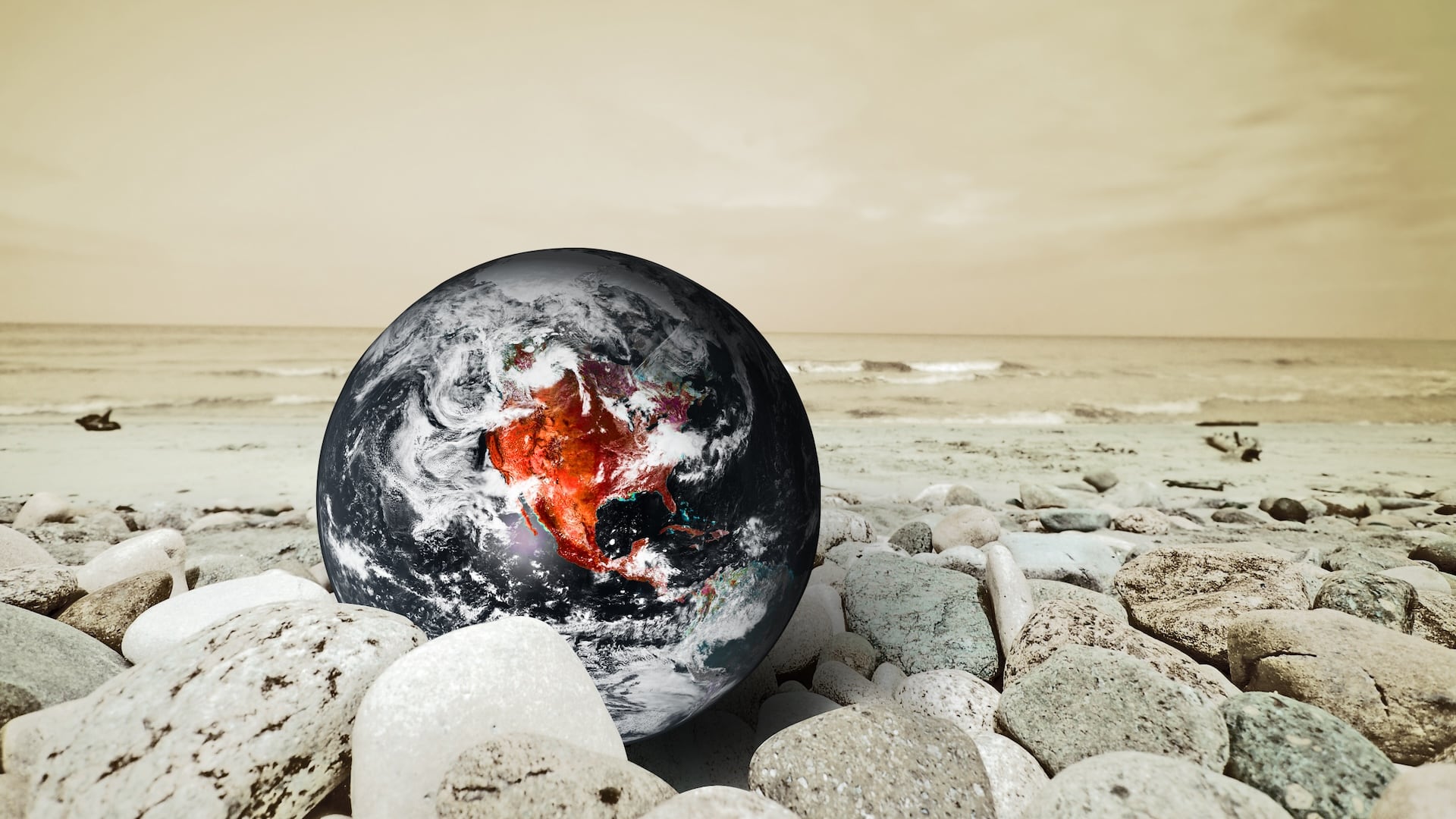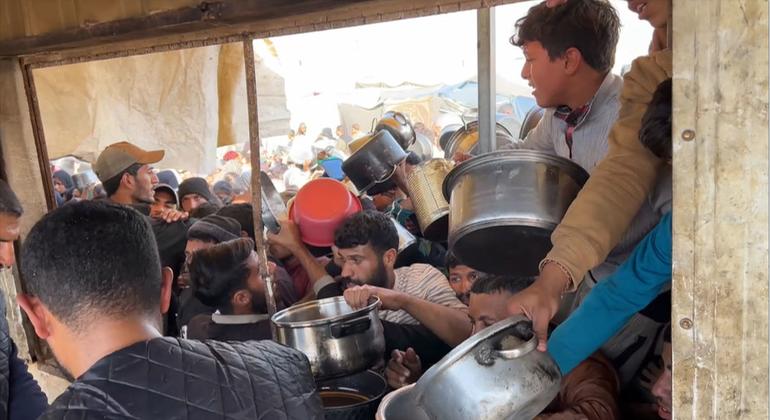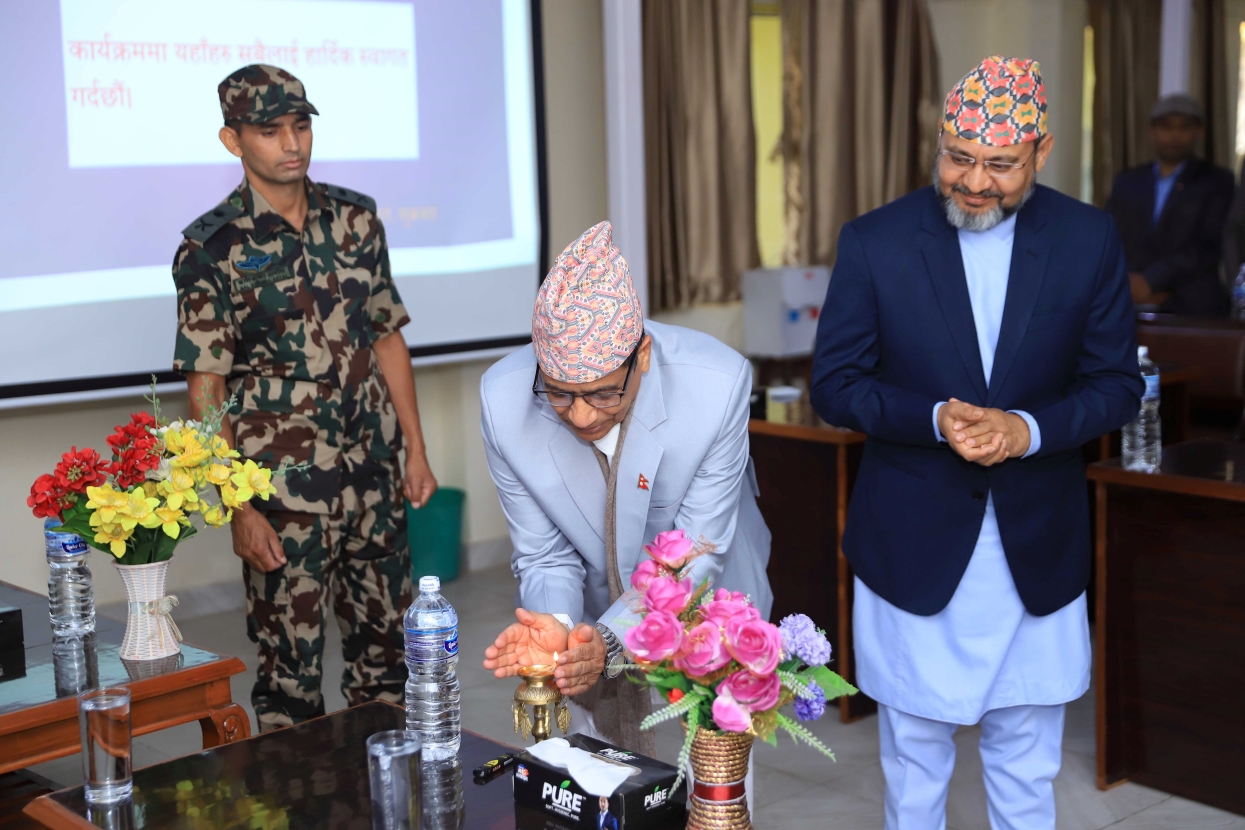Global Warming: A pressing crisis for our planet’s future
Rising temperatures, extreme weather events, and the loss of biodiversity are all direct consequences of a warming world.

KATHMANDU: Global climate change, driven largely by human activity, remains one of the most critical issues facing our planet.
Rising temperatures, extreme weather events, and the loss of biodiversity are all direct consequences of a warming world.
While the science behind global warming is well-established, the urgent need for large-scale action has never been clearer.
The Science of Global Warming
Global warming refers to the long-term increase in Earth’s average surface temperature due to human-made emissions of greenhouse gases (GHGs) such as carbon dioxide (CO2), methane (CH4), and nitrous oxide (N2O). These gases trap heat in the atmosphere, creating a “greenhouse effect” that warms the planet.
Human activities, particularly the burning of fossil fuels for energy, industrial production, deforestation, and agriculture, have significantly increased the concentration of these gases in the atmosphere.
Since the beginning of the industrial revolution in the 18th century, global temperatures have risen by approximately 1.1°C (2°F).
While this might seem modest, the effects of this warming are already becoming devastatingly apparent in the form of extreme weather, rising sea levels, and ecosystem disruptions.
The Devastating Effects on Weather and Ecosystems
The impact of global warming is evident in the increasing frequency and intensity of extreme weather events.
Heatwaves have become more frequent, longer-lasting, and more severe. For example, 2023 witnessed record-breaking temperatures across Europe, the United States, and parts of Asia.
Wildfires in places like California and Australia are burning hotter and spreading faster, fueled by higher temperatures and prolonged droughts.
In addition to heatwaves and wildfires, global warming is contributing to more powerful hurricanes, cyclones, and typhoons.
These storms, intensified by warmer ocean waters, have devastated coastal communities, causing loss of life and billions of dollars in damages.
The destruction of infrastructure and the displacement of millions of people have become frequent occurrences, with no end in sight if current trends continue.
Rising Sea Levels: A Growing Threat to Coastal Areas
Rising sea levels are one of the most insidious consequences of global warming. As the planet warms, polar ice caps and glaciers are melting at an accelerated rate, and thermal expansion is causing oceans to rise.
According to NASA, global sea levels have risen by about 8-9 inches (21-24 cm) since 1880, with the rate of increase accelerating in recent decades.
This rise in sea levels threatens to submerge low-lying coastal regions, displacing millions of people. Entire island nations, such as the Maldives and Tuvalu, are facing the grim reality of disappearing into the ocean.
The Loss of Biodiversity
Global warming is also accelerating the loss of biodiversity. As temperatures rise and ecosystems are disrupted, plant and animal species are being forced to adapt, migrate, or face extinction. Coral reefs, which are highly sensitive to temperature changes, are suffering from mass bleaching events. In 2016, the Great Barrier Reef experienced its most severe bleaching event, affecting about two-thirds of its coral.
Land animals and birds are also on the move as they attempt to find more hospitable environments. For example, some species of birds have already started migrating earlier in the season due to warmer temperatures, while others are moving to higher altitudes in search of cooler habitats. However, these changes may not be enough to help species adapt fast enough to the changing environment, leading to extinction.
The Social and Economic Impact
Global warming is not just an environmental issue – it is a social and economic crisis. Poor communities, particularly those in developing countries, are the most vulnerable to climate change.
These populations are often located in areas more prone to extreme weather events, such as coastal zones and drought-prone regions. The economic costs of these disasters are staggering.
For example, in 2022 alone, natural disasters related to climate change caused damages amounting to over $200 billion.
Furthermore, global warming is exacerbating inequality. While developed nations have historically contributed the most to greenhouse gas emissions, it is the developing world that bears the brunt of climate change.
Nations in sub-Saharan Africa, Southeast Asia, and Latin America are facing increasing food insecurity due to shifts in precipitation patterns and crop failures, while also struggling to adapt to rising sea levels and extreme weather events.
International Efforts to Combat Global Warming
In response to these challenges, world leaders have increasingly recognized the need for urgent action. The 2015 Paris Agreement, adopted under the United Nations Framework Convention on Climate Change (UNFCCC), was a landmark in global efforts to combat climate change.
The agreement set a goal of limiting global warming to well below 2°C above pre-industrial levels, with a more ambitious target of 1.5°C.
Since then, there have been numerous international conferences aimed at strengthening commitments to reduce emissions, such as the COP26 conference in 2021.
Many countries have set ambitious goals to achieve net-zero emissions by 2050. However, the gap between these targets and current emissions trajectories remains wide. The International Energy Agency (IEA) has warned that, without more substantial and immediate action, the world is on track to exceed 1.5°C of warming within the next few decades.
The Role of Renewable Energy and Technology
One of the primary ways to reduce greenhouse gas emissions is by transitioning from fossil fuels to renewable energy sources such as wind, solar, and hydropower.
In recent years, the cost of renewable energy technologies has decreased significantly, making them more accessible to countries around the world. Solar power, in particular, has seen explosive growth, and wind energy is also becoming more cost-competitive.
Beyond renewable energy, technological innovations like carbon capture and storage (CCS), electric vehicles, and advancements in battery storage are playing an increasingly important role in mitigating the effects of global warming.
Yet, even with these technological advancements, experts agree that dramatic changes in policy, behavior, and lifestyle are necessary to avoid the worst effects of climate change.
The Path Forward: A Call to Action
As we move further into the 21st century, the need for action on climate change has never been more urgent. Governments, businesses, and individuals all have a role to play in addressing global warming.
While international agreements are crucial, it is the collective actions at the local and national levels that will determine whether the world can limit global warming and protect future generations.
Efforts to reduce emissions, transition to sustainable energy systems, and preserve biodiversity must be ramped up, but equally important is the need for adaptation.
Communities must be prepared for the inevitable effects of climate change, from rising sea levels to more frequent extreme weather even
Investments in climate resilience, green infrastructure, and sustainable agriculture will be key to ensuring that we can mitigate the impacts and build a more sustainable future.
Lastly
Global warming is a defining issue of our time, affecting all aspects of life on Earth. It poses risks to our environment, economy, and social fabric, and its effects will continue to be felt for generations.
However, the global community still has a window of opportunity to act decisively, implement bold policies, and make the necessary investments in technology and infrastructure.
The choices we make today will shape the future of the planet, and it is up to all of us to ensure a livable world for future generations.










